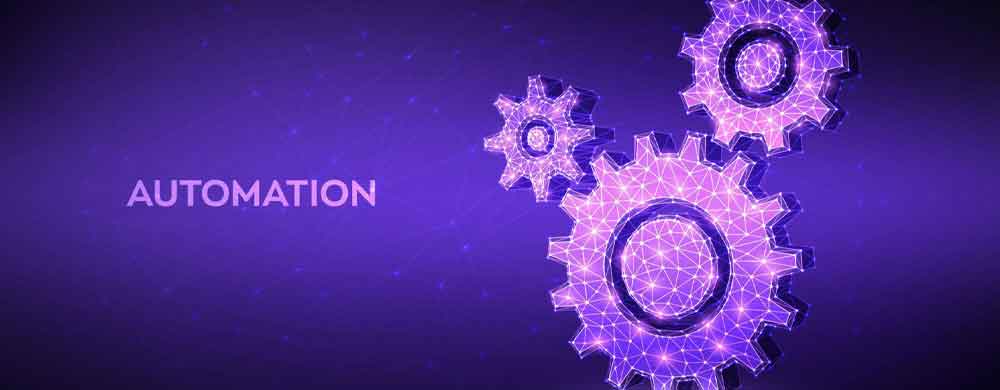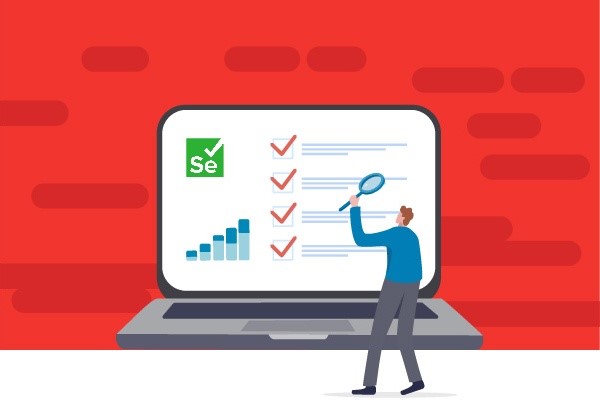Dude 1: What is SDET all about? Why are they so excited and talking everywhere?
Dude 2: Before getting into the topic, let us know who coined the term SDET.
The Microsoft team initially coined SDET for employees passionate about development, followed by testing.
Dude 1: Wow, this sounds great! Which is the right place in Chennai to learn about SDET and be placed in a top corporate company?
Dude 2: On point, Testleaf is the right place to gain vast knowledge on SDET. Also, read their articles to get more information about their courses!
Dude 1: Sounds good; share the link via WhatsApp!
Dude 2: (Shares the link) Read this article and learn about the skills required to become an SDET professional.
Introduction
From the above conversation, it is clear that SDET plays a vital role,
This article examines the top 5 skills required to become an SDET professional.
The top 5 skills are:
- Programming language.
- Rest API.
- Database.
- Performance Testing.
- GIT.
Read further to know more about it.
Programming Language
We all know that software testing basic and advanced-level programming languages are essential. C, C++, Java, Python and other programming languages are vital in upscaling an SDET.
You should be acquainted with Java, Python, Javascript/ES6, or other scripting languages at an advanced level. The choice of a programming language is irrelevant if you have a solid understanding of programming.
Functionality, OOPS ideas, threading, collections framework, algorithms, etc., can all be examples. You must become familiar with the ideas and practise them thoroughly. You can apply the same concepts to another language once you have a strong foundation in one.
Python is a functional and object-oriented programming language popular for machine learning, so learning Python is the best choice anyone would recommend.
As a quality analyst, you might have an experience in a programming language, but other than that, there are many non-technical skills one has to equip to become a Software Development Engineer in Test; Read How can a QA or Test engineer become an SDET? Further.
Rest API
A restful API software interface enables you to use HTTP requests to GET, PUT, POST, and DELETE data. It is founded on RESTful technology, a web service architecture, and a communication technique often employed to build web services.
A code section, an API for a website, allows two computer programs to communicate.
REST, the website’s language, is used by browsers. To provide APIs that enable user connection to and interaction with cloud services, REST is a viable alternative.
Because using a resource via an API only needs to change how the URL is encoded, the RESTful approach is also beneficial for cloud services. This interface allows systems that utilize HTTP to receive or perform operations on data in various forms to communicate more quickly (such as XML and JSON).
If you plan to become an SDET professional, then knowing XML and JSON is necessary.
Today, a REST API is frequently utilized in apps and projects, and thousands of enterprises profit from its features. As a result, they perceive building components and developing more sensible and efficient web service APIs.
Database
Due to the enormous volume of information being transmitted via the internet in the information age, traditional databases needed to be more reliable and experiencing performance problems.
There are two types of databases they are SQL and NoSQL.
A programming language elaborated as a structured query language is a relational database for processing and storing information. The relational data can store and process information using columns, rows or any tabular form.
A NoSQL database management system, which employs a novel approach for storing information to provide high availability, scalability, and performance, is developed to store, process, and analyze this massive amount of data.
A NoSQL database is used by businesses like Facebook to store all of their consumer data.
Therefore, SDET must educate itself on the modern NoSQL database management systems and the classic RDBMS.
Performance Testing
Performance testing is one of the primary key skills in SDET. In SDET, the KPI terminologies like response time, baseline, stress test, and throughput play a vital role. In addition, being an SDET professional, you are responsible for impacted and serviced components.
Performance testing expertise will provide an SDET with an edge over rivals. Apache is actively managing and developing JMETER, one of the best open-source tools that we may use.
GIT
To track changes in the computer files, a version control system is made used called GIT. In software development, source code management uses the GIT. This open-source tool for programmers can share and collaborate on projects with others.
It offers features that should have been included in earlier systems, such as client-accessible full snapshots. Git keeps files in three different states, and all operations are first carried out locally, unlike prior systems that required an online connection for updates.
GIT’s storage states, including local, staging, and repository, are its driving power.
Conclusion

These skills can help you excel in the SDET field. Still, other non-technical skills like communication, passion, time management, organization, and many other skills are necessary to excel as an SDET professional.
Hope the blog sums up all the technical skills one has to possess to excel in the SDET profession.
Author’s Bio:

As CEO of TestLeaf, I’m dedicated to transforming software testing by empowering individuals with real-world skills and advanced technology. With 24+ years in software engineering, I lead our mission to shape local talent into global software professionals. Join us in redefining the future of test engineering and making a lasting impact in the tech world.
Babu Manickam
CEO – Testleaf






